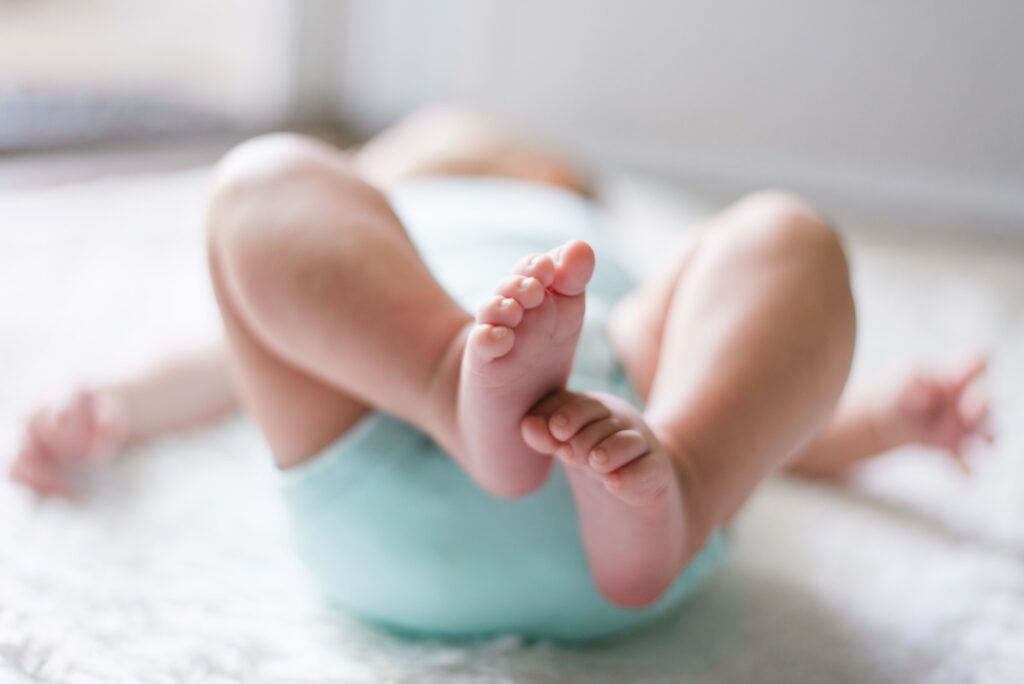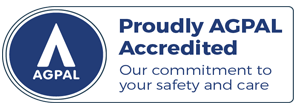Because an osteopath uses a wide variety of techniques that are gentle and non-invasive, it is a really well-suited treatment option for children. Babies worldwide are now being checked by osteopaths at birth and quickly after, helping counteract any issues that may have arisen during birth.
Our bodies are constantly adapting to stressors, and this adaptation begins in the early years of life. It is so important to provide tools and support for our little people to set them up for life. Physical habits learnt in childhood and teenage years will help determine their health, posture and function later in life.
Osteopathy treatment can be applied from the earliest days using gentle cranial techniques. A birth or subsequent trauma may be significantly reduced using this cranial technique.
Trauma symptoms may not present until late in life, so getting your baby in early may help prevent this.
What are cranial osteopathic techniques?
These are applied to the head and throughout the body and help release a variety of problems such as –
-
Colic
-
Reflux
-
Constipation
-
Urinary tract infections (UTI’s)
-
Ear, nose, throat issues
-
Disturbed sleep
-
Irritable and unsettled babies
-
Unexplained crying
-
Difficulty settling
-
Recurrent infections
-
Breathing problems
-
Poor muscle tone (floppy baby syndrome)
The journey from infant to adult is a complex experience with major leaps and learning curves. Generally, kids are really resilient. But if something feels a little off for you, the parent, or your child is complaining of persistent pain be it from an injury or something structural, osteopathy can be of great value. We can also apply osteopathy treatment to conditions of a more severe nature –
-
Asthma
-
Hay fever
-
Respiratory problems including coughs
-
Ear, nose, throat
-
Urinary or bladder problems
-
Digestive
Treatment, no matter what the age, is done as gently as possible and with the patient’s participation and consent. Children are always assured that the treatment will be painless and will be made as fun as possible!



